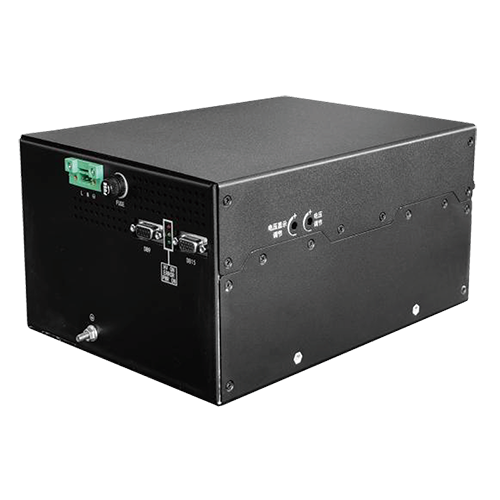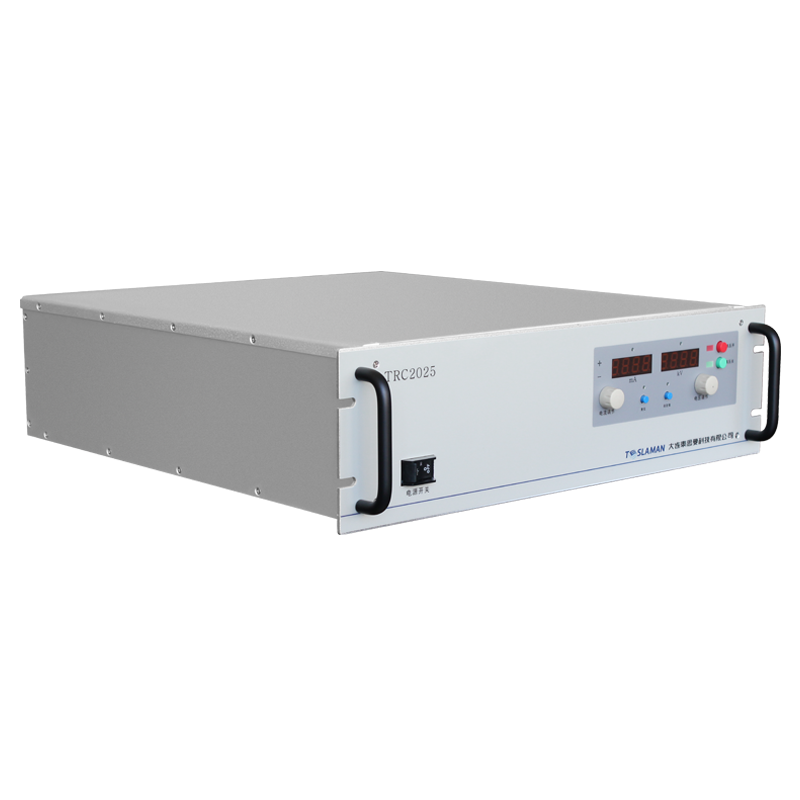Mechanism and Process Optimization of Fiber Orientation Control in Electrostatic Flocking High Voltage Power Supplies
In electrostatic flocking processes, the directional alignment precision of fibers directly determines the surface texture and functional properties of finished products, with core control elements lying in the field strength distribution accuracy and dynamic response capability of high-voltage power supplies. This article systematically analyzes the influence mechanisms of power supplies on fiber orientation from three technical aspects—electric field topology optimization, charge injection stability, and environmental compensation—while proposing innovative solutions.
1. Construction and Optimization of Multi-Stage Field Gradient
Uniform electric fields traditionally cause fiber tip divergence, forming disordered snowflake patterns. Fractal electrode structures combined with gradient voltage outputs establish axial field gradients (5-15kV/cm·mm) in flocking zones, enabling synergistic Coulomb and dielectrophoretic forces. Experiments show that with a gradient slope of 8kV/cm², nylon fibers (0.8mm length) achieve tilt angle deviation reduction from ±25° to ±3°, attaining 98.7% axial orientation. This technology employs DSP-controlled 64-channel independent voltage modules for dynamic field adjustment, accommodating fibers with aspect ratios ranging from 10:1 to 50:1.
2. Metastable Charge Injection Control
Spatiotemporal consistency in fiber charge density is critical for orientation stability. A bipolar pulse-modulated (2kHz/5kVpp) charge injection system applies negative pre-charging pulses (-5kV/100μs) during acceleration before switching to positive orientation fields (+30kV). This strategy stabilizes polyester fiber surface charge density at 12μC/m²±0.3%, eliminating charge accumulation in DC systems. Testing confirms flocking density fluctuation reduction from 15% to 2.1% after 8-hour operation, with vertical alignment rate reaching 95.4%.
3. Coupled Environmental Compensation System
Relative humidity (RH) variations significantly alter field distribution and charge decay. Intelligent power systems with multi-physics sensors dynamically adjust output voltage (±5% compensation) and pulse duty cycle (10%-90%) by monitoring RH (30%-70%), temperature (20-50℃), and pressure. At 60% RH, the system automatically intensifies field gradients (+1.2kV/cm) to compensate dielectric loss-induced field distortion, maintaining fiber orientation standard deviation below 1.8°. In automotive interior flocking, this reduces surface friction coefficient variation from 0.12-0.18 to 0.15±0.01.
4. High-Frequency Resonant Ion Flow Control
Ion wind disturbances within flocking chambers invisibly degrade orientation precision. A 1.2MHz resonant circuit generates counter ion flows to establish velocity-gradient compensation layers (0.8m/s²) at 10mm from substrates, neutralizing air turbulence. Combined with annular array electrodes, trajectory deviation for 300μm fibers reduces from ±1.2mm to ±0.15mm. In microelectronic conductive adhesive flocking, silver fiber contact resistance dispersion drops from 18% to 3.5%.
Current challenges focus on charge repulsion in ultra-high density flocking (>10⁵ fibers/cm²). When fiber spacing falls below 50μm, proximity repulsion increases orientation deviation by 0.5°/μm. Phase-synchronized pulse technology (PSPT) reduces repulsion peaks by 63% through millisecond-level inter-electrode delay control (0.1-1ms), achieving 0.3mm precision spacing. Future advancements will integrate machine learning algorithms, using convolutional neural networks to predict 3D field distributions for adaptive parameter optimization, potentially tripling complex surface flocking efficiency.




















